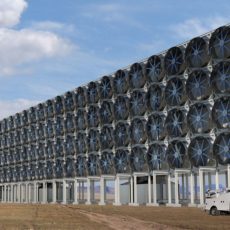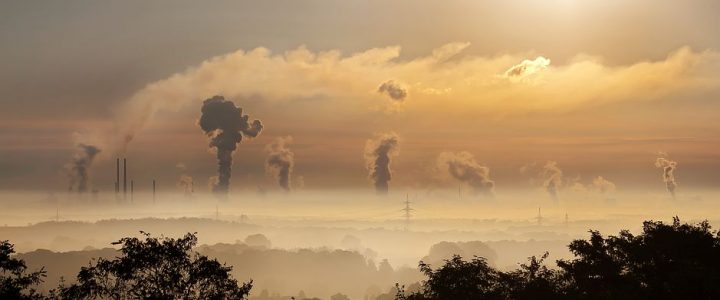
The most recent measurement of the concentration of carbon dioxide in the earth’s atmosphere was 409.52 parts per million (ppm). Given how carbon levels fluctuate, the concentration has been as high as 415 ppm. But leave no doubt that the levels are increasing. A common measure for the tipping point, otherwise known as the point in which large systemic changes begin taking place in a snowballing manner, was 350 ppm. In spite of the trend of carbon levels increasing at an alarming manner, it seems that even halting emissions worldwide may not be enough. As such, technologies and natural systems that can physically remove carbon dioxide from the atmosphere are poised to be incredibly valuable.
A common answer to the question of how we will offset all of the environmental damage committed since the industrial revolution is that some to-be-developed or infantile technology will be our saving grace. The most popular of these potential technologies is direct air capture (DAC), which removes carbon from the air by pushing air through a filter where the air is then chemically processed to absorb carbon dioxide into different forms. Part of this technology’s popularity lies in that the byproduct can be used as a fuel in other capacities. Leading the way is Carbon Engineering, a clean energy company based in Canada that has a plant in British Columbia capable of removing 1 million tons of carbon dioxide from the atmosphere annually.
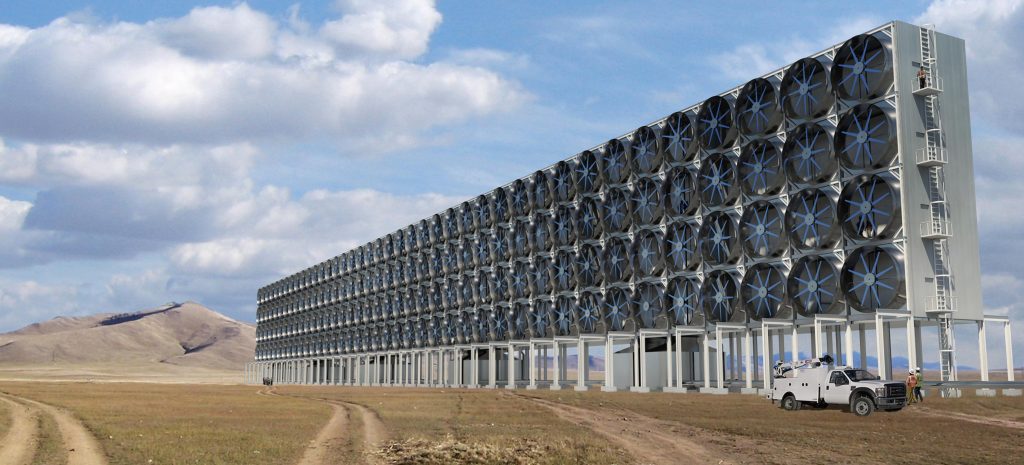
Bioenergy with Carbon Capture and Storage (BECCS) is another emerging carbon removal technique that uses biomass, such as wood and crop residue, to create bioenergy in a manner that captures all the carbon emitted in the process to be stored in a variety of ways.
Ocean Fertilization is a carbon removal method that adds nutrients to the upper layer of the ocean to increase the amount of marine life, with the new life removing large amounts of carbon from the atmosphere. However, tampering with the world’s oceans is controversial as it comes with a degree of uncertainty and the risk of potentially causing damaging algal blooms.
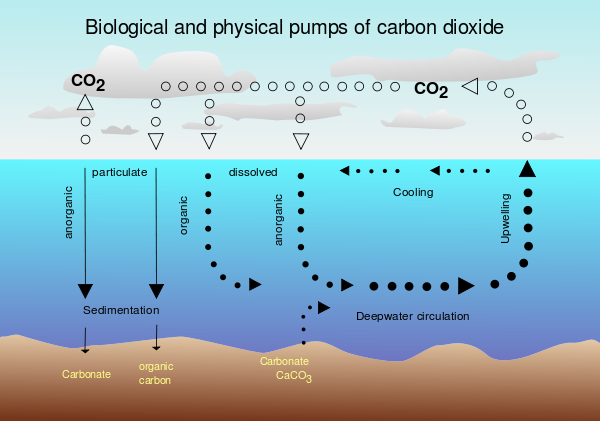
In contrast to the technology and engineering based solutions presented, reforestation is a carbon removal method that is currently seen as the most effective. Trees have long been demonstrated to have the capacity to remove massive amounts of carbon from the atmosphere. Following such, another method is afforestation, or the creating of a forest in a place where there wasn’t one previously. The International Panel on Climate Change (IPCC) estimate that reforestation and afforestation have the potential to remove over 10 gigatons of greenhouse gases each year. For context, the United States emitted 6.5 gigatons of greenhouse gases, with 82% of which coming from carbon dioxide.
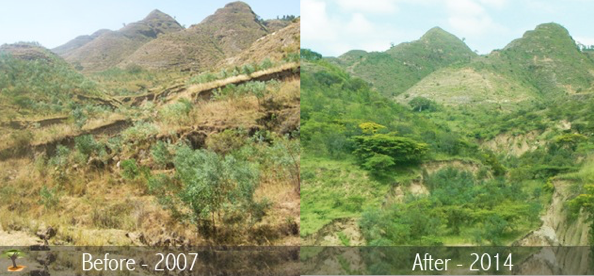
Another naturally based carbon removal method is carbon farming. This emerging method seeks to improve soil conditions by introducing organic matter, which allows the soil to take in more carbon, successively increasing the quality of the soil. Duke University is at the forefront of researching this method and estimate that land has the capability to store 10 to 15 times more carbon when restored. Their research shows that an unrestored hectare plot can store 1 metric ton of carbon annually, but when restored, the same plot can store up to 15 metric tons annually. The cost effectiveness of this method also makes it attractive.
The idea of expanding the research and development of technologies that remove carbon from the air is no doubt enticing and if those technologies could be scaled in a practical way, it would seem that the smoking gun to the climate crisis could be found. However, some have questioned if these technologies can combat the effects of climate change in a meaningful way by juxtaposing how much research and development is necessary against how urgently large-scale action is needed. But trees on the other hand, face no debate when it comes to how important they are in fighting climate change. This notion makes reforestation and afforestation just as important as working to end deforestation. The redwoods of California store more carbon per hectare than anywhere else because of how long they live. This means that the longevity of the redwoods and the other forests of the world could very well be what our longevity is based upon.




